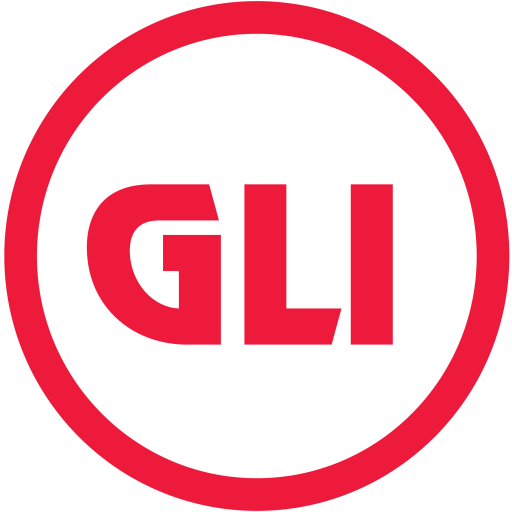Video
Presentation Slides
Dave Spooner, GLI Manchester, UK
Blog
How should trade unions organise workers?
7th July, 2015 / Sean Sayer / guest blogger
How should trade unions organise workers? On the second day of the 2015 Summer School, Dave Spooner began to answer this question by providing a lively history of the different models of organising, and explaining the debate that still rages between different schools of methodology.
![Dave Spooner [Photo: Khalid Mahmood]](http://31.172.241.170/glimcr/wp-content/uploads/2015/07/DaveS-200x300.jpg)
[Photo: Khalid Mahmood]
This model exploded in the 1980s and early-1990s. The Nordic labour movement encouraging the use of ‘study circles’ in the global South, and the FNV, funded by the Dutch government, promoted active learning in Africa as an organising method. Gradually, active learning became an accepted norm, and global union federations (GUFs) published their own manuals which were distributed amongst their affiliates worldwide.
Meanwhile, a different, ‘new organising model’ was being developed. Saul Alinsky, an American community organiser developed the idea of using professional organisers trained in specific methods and strategies to organise workers. Trained professionals strategically target employers and sectors, develop time-limited campaigns, before finally applying leverage on companies using a variety of methods.
This model was seen as an immediate response to the dramatic decline of union membership in the US. Andy Stern, then President of the SEIU, adopted Alinksy’s model, and the ‘Change to Win’ coalition was formed in collaboration with a number of unions in the US. This model spread to Australia, the UK, Germany and Denmark, constituting a ‘global organising alliance’. Some GUFs also adopted this methodology, and investment in organising departments surged around the world.
Here lies the widening schism in the international labour movement. Resources from active learning have been diverted into the new organising model. Because of this, a critical debate has begun. Proponents of active learning see the new organising model as a short-term, top-down and ultimately failing model as it has merely slowed the decline of union membership whilst achieving limited victories. In some cases, international solidarity has been roused by leverage campaigns, only for the movements it produced to be left to fend for themselves once the campaign’s limited objectives were achieved.
Advocates of the new organising model see active learning as too incremental, resource-intensive and unfocused to generate tangible and immediate gains for workers. The transnational corporations that trade unions are confronted with can draw on almost unlimited resources and act swiftly to stamp out the slow-developing movements that active learning creates.
However, it is important not to see these models as mutually exclusive. Both are important tools employed by the international labour movement. Since the 1990s the methodological balance has swung towards the new organising model, and it now appears to be shifting back towards active learning.
